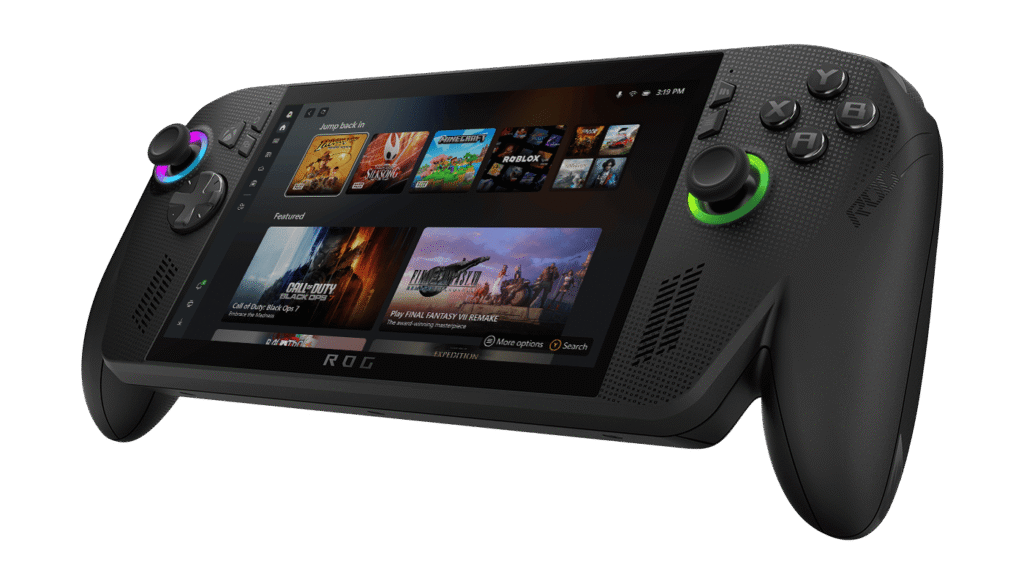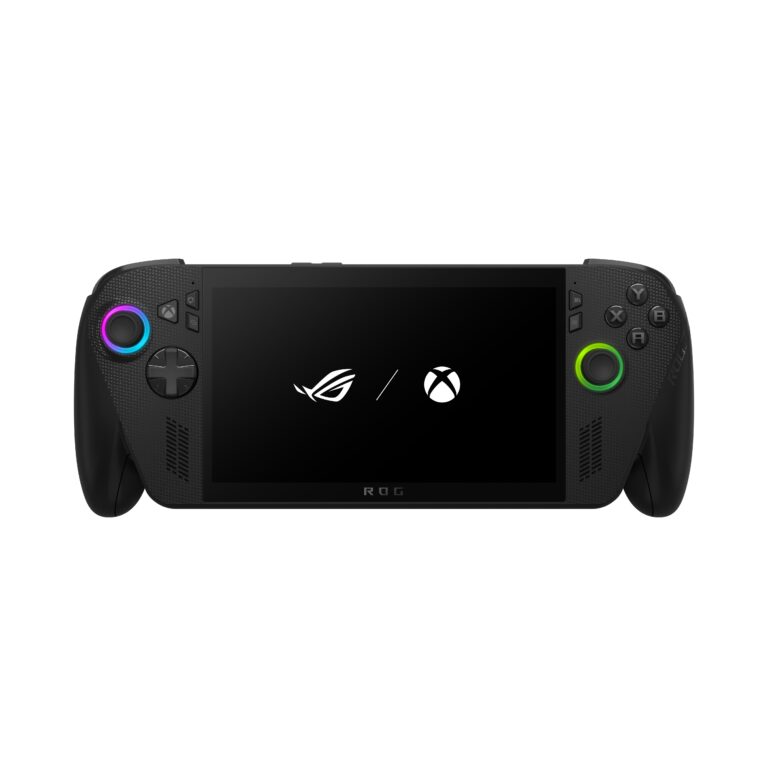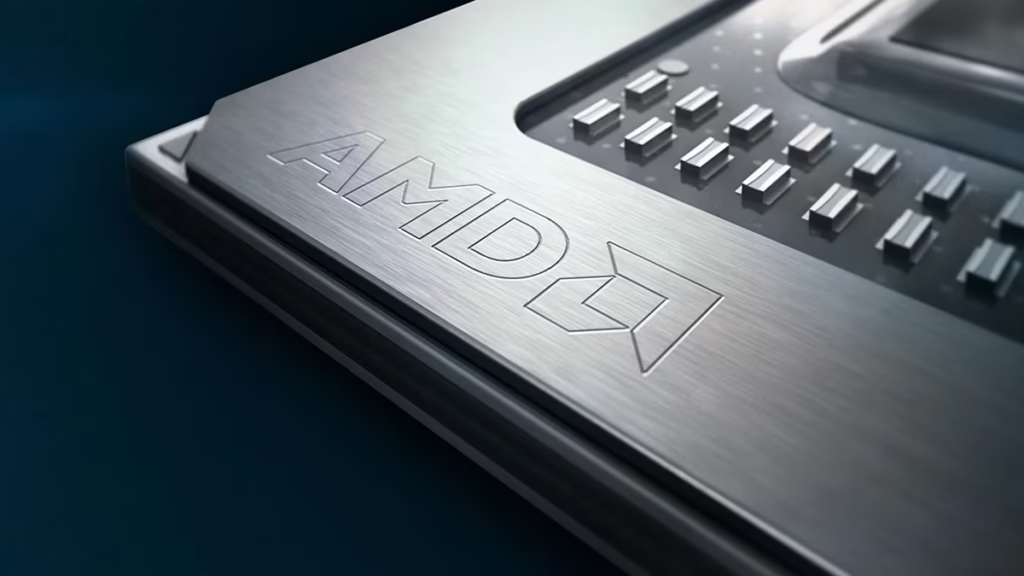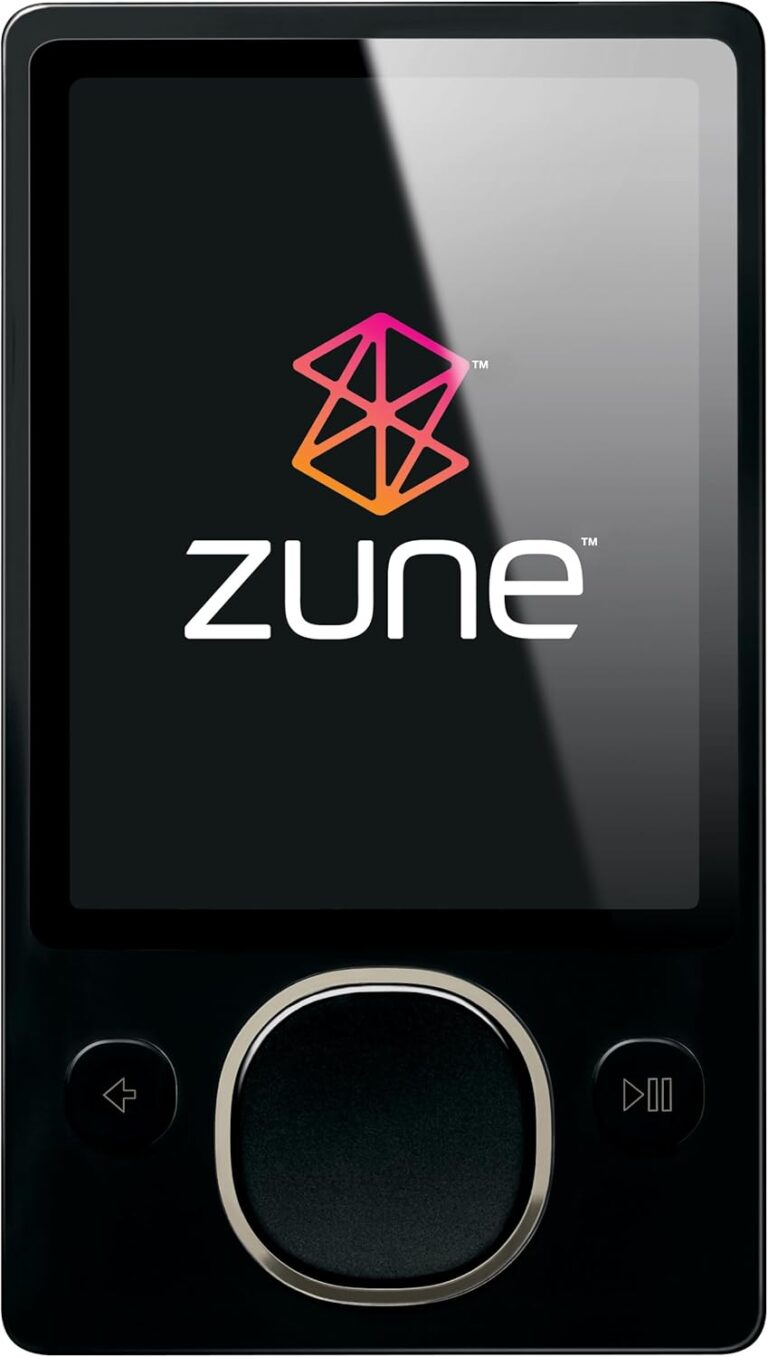Main Navigation Menu
© 2025 Tech Jacks Soutions, All Rights Reserved
© 2025 Tech Jacks Soutions, All Rights Reserved
Xbox handheld catastrophe has emerged as Microsoft allegedly canceled dedicated portable console because AMD required 10 million unit minimum order commitment. Reddit discussion reveals Xbox’s dedicated handheld was cancelled because AMD required 10 million units in contract demonstrating Microsoft’s fundamental lack of confidence in Xbox brand’s market viability supporting substantial hardware production. The cancellation reveals strategic paralysis, where the company pursuing handheld partnerships like ROG Xbox Ally cannot commit to proprietary hardware production volumes that competitors routinely reach.

GamingBolt reports Microsoft’s own Xbox handheld was cancelled because of AMD wanting high minimum orders revealing manufacturing economics where component suppliers require volume commitments justifying custom chip development and production allocation. The Xbox handheld failure shows Microsoft’s reluctance to invest heavily in hardware production at the scale Nintendo Switch has reached with over 140 million lifetime sales and Steam Deck, which has sold more than 3 million units.
Wccftech confirms Xbox handheld rumored to have been canceled over AMD’s high minimum order requirements contextualizing 10 million units as standard semiconductor industry volume for custom chip development. The minimum order is neither unusual nor excessive when compared to historical portable console sales, where successful platforms often surpass such thresholds in their first years.
TheGamer reveals former Xbox boss explains why company never made handheld platform providing historical context for Microsoft’s portable gaming reluctance extending beyond current generation. The Xbox handheld failure reflects a pattern where leadership consistently avoids the handheld market despite consumer demand and competitive threats from Nintendo and the growing success of Valve through Steam Deck.
AMD’s 10-K SEC filing provides corporate context for component supplier’s business requirements including minimum order volumes protecting manufacturing investment and production capacity allocation. The contractual terms reflect typical practices in the semiconductor industry rather than punitive restrictions aimed specifically at Microsoft.
The 10 million unit minimum target is achievable when compared to Nintendo Switch’s 140+ million lifetime sales, demonstrating the handheld market’s substantial demand potential. The Xbox handheld failure reveals Microsoft’s belief that the Xbox brand cannot reach even 7% of Switch’s sales, indicating a poor internal market assessment.
The Steam Deck comparison is especially damaging, as Valve’s estimated 3+ million sales occurred within two years of launch, despite being a startup lacking Microsoft’s marketing resources or retail partnerships. When a smaller competitor achieves significant handheld success without an established console presence, Microsoft’s cancellation suggests a lack of confidence rather than market realities.
The ROG Xbox Ally partnership, which aims for a $999 premium handheld, contradicts the cancellation reasoning where Microsoft apparently believes ASUS can succeed where proprietary Xbox hardware would fail. The Xbox handheld failure highlights strategic inconsistency: the company supports third-party expensive devices but refuses to commit to more affordable first-party options.
The volume target, roughly 10% of PlayStation 5’s 60+ million sales, shows the achievable scale for an established console maker with existing development resources and retail channels. Microsoft’s reluctance to commit to such volumes suggests internal projections predicting a catastrophic market rejection, which is incompatible with minimum viable production economics.

Ampere Analysis argues Microsoft follows console hardware strategy to its telegraphed endgame positioning handheld cancellation as confirmation of broader hardware abandonment trajectory. The Xbox handheld catastrophe marks a milestone in Microsoft’s systematic platform exit, as the company shifts from being a hardware manufacturer to a software publisher and subscription service provider.
The “telegraphed endgame” characterization indicates that industry analysts have long predicted the discontinuation of Xbox hardware based on observable strategic patterns. The cancellation of the handheld provides concrete evidence supporting exit theories, where Microsoft’s actions consistently show a reduced hardware commitment despite public statements claiming ongoing console support.
The analysis framework places the ROG Xbox Ally partnership as a transition strategy, where Microsoft keeps Xbox branding through third-party hardware while avoiding manufacturing risks and capital investment. The Xbox handheld failure allows for a hardware presence without production commitments, aligning with a software-focused business model that emphasizes Game Pass subscriptions over console sales.
The telegraphed strategy suggests deliberate multi-year planning, with Microsoft systematically decreasing hardware exposure while expanding software distribution across competing platforms. The cancellation of the handheld speeds up the timeline by removing a hardware category that would require sustained investment and market support, which is incompatible with a platform-agnostic publishing strategy.

Laptop Mag claims Microsoft just killed its biggest Xbox project but calls decision “brilliant” demonstrating media ecosystem’s tendency rationalizing corporate failures as strategic wisdom. The Xbox handheld catastrophe receives positive framing despite obvious competitive disadvantages created by handheld market abandonment to Nintendo and Valve.
The “brilliant” characterization reflects journalistic distortion, where a clear market exit is praised as an innovative strategy instead of a retreat from competitive pressure. When media outlets portray cancellations as smart decisions, the coverage serves to protect corporate reputation rather than provide honest market analysis to inform consumers.
This positive spin overlooks competitive implications, where Microsoft’s absence from handheld devices cedes the growing portable gaming market to rivals, potentially establishing customer relationships that are hard to regain. The failure of the Xbox handheld project allows Nintendo and Valve to dominate the emerging segment without Microsoft opposition, which could limit market share concentration.
The pattern of rationalization indicates structural conflicts within the media, where supporting publisher access requires sympathetic coverage—even when corporate decisions clearly harm competitive positioning. The Xbox handheld failure highlights a journalistic failure, with positive framing contradicting market realities that would better serve readers’ informational needs.

Phil Spencer’s Xbox Games Showcase interview includes portable gaming discussion suggesting continued interest despite internal cancellation decisions. The Xbox handheld catastrophe includes communication disconnect where public messaging implies hardware exploration while private actions demonstrate abandonment.
The strategic ambiguity benefits corporate interests by keeping consumer hope alive for an Xbox handheld, while actual plans focus on third-party partnerships that avoid manufacturing commitments. When leadership messages conflict with internal decisions, it manipulates consumer expectations and prevents the possibility of switching to a different platform if hardware exit becomes publicly known.
Spencer’s positioning keeps the Xbox brand relevant in handheld discussions, despite no commitment to developing proprietary hardware. The Xbox handheld failure allows participation in the portable gaming conversation through the ROG partnership while avoiding capital risks or volume commitments that would be required by AMD’s minimum orders.
The public-private contradiction shows how the gaming industry accepts normalized dishonesty, where executives maintain strategic flexibility with ambiguous messaging that, while technically not lying, systematically misleads audiences about actual corporate plans and resource commitments.

AMD’s minimum order of 10 million units reflects standard practice in the semiconductor industry aimed at protecting manufacturing investments in custom chip development. The Xbox handheld failure highlights how reasonable business demands are often dismissed as excessive when, in fact, Microsoft’s reluctance to accept typical commercial terms—which competitors routinely meet—reveals a different picture.
Developing custom chips requires significant engineering resources, including architecture design, manufacturing process optimization, and validation testing. AMD’s minimum order protects this investment by ensuring production volume justifies the development costs and manufacturing capacity, preventing resource drain from other customers.
From a component supplier’s perspective, the Xbox handheld issue appears to be a Microsoft problem rather than a sign of AMD inflexibility. Large manufacturers can commit to volumes that startups like Valve manage during their initial product phases. When standard industry requirements become dealbreakers, it suggests weaknesses in the platform rather than unreasonable preferences from suppliers.
Semiconductor economics show that the handheld market’s size indicates entry-level volume rather than aspirational goals. Microsoft’s hesitation on volume hints at internal market analysis, which projects sales insufficient to cover component costs—an indicator of potential brand weakness incompatible with the economics of hardware manufacturing.

The ROG Xbox Ally partnership allows Microsoft to maintain a presence in handheld gaming while shifting manufacturing risks and volume commitments to ASUS. The Xbox handheld failure highlights a risk-avoidance strategy, where the company seeks hardware presence without the heavy capital investment a proprietary console would require.
This outsourcing approach enables Xbox branding on the handheld device, with ASUS taking on production costs, inventory risks, and minimum order requirements. When Microsoft cannot commit to the production volumes of proprietary hardware, this partnership strategy preserves market presence without exposing itself to financial risks that a confidence crisis might prevent.
The ROG collaboration offers strategic flexibility, enabling Microsoft to claim involvement in handheld gaming while maintaining the option to exit, which isn’t feasible with proprietary hardware that demands ongoing support and production commitment. The Xbox handheld failure demonstrates that corporate priorities favor risk minimization over pursuing market leadership, which would need strong confidence in the platform’s viability.
The economic logic behind the partnership suggests Microsoft believes ASUS can reach sales volumes that justify production, whereas Xbox-branded equivalents might fail to meet minimum thresholds. This indicates a perception of brand weakness, where the third-party manufacturer’s name provides commercial advantages over the recognition of Microsoft’s gaming division.

Microsoft’s history of hardware cancellations includes the Zune music player, Windows Phone mobile platform, and Band fitness tracker, demonstrating a pattern where the company enters markets and then exits after failing to achieve sustainable scale. The Xbox handheld setback continues this trend, where hardware ambitions collapse when competitive realities demand ongoing investment and market commitment.
The Zune comparison is especially relevant, as Microsoft’s effort to challenge Apple’s iPod dominance failed despite having superior technical specs and resource advantages. When a technology giant cannot compete effectively in consumer electronics markets despite a quality product, the failures reveal brand weaknesses and marketing shortcomings that resources alone cannot fix.
The Windows Phone example shows that Microsoft’s struggles with consumer products extend beyond gaming into mobile computing, where Android and iOS dominance proved too great to overcome. The Xbox handheld failure suggests portable gaming might be another market where Microsoft cannot establish a footing against established and emerging competitors.
The pattern of hardware exits points to organizational culture issues, where consumer product divisions lack the support or understanding needed for sustained market competition. When a company systematically abandons hardware categories after initial efforts, it indicates deeper structural problems beyond individual product failures.
The Xbox handheld failure reveals Microsoft’s fundamental lack of confidence in the Xbox brand’s market viability, shown by their unwillingness to commit to a minimum production of 10 million units, a threshold routinely exceeded by successful portable consoles. The cancellation highlights strategic indecision, where the company pursuing costly third-party partnerships cannot commit to proprietary hardware volumes that competitors typically achieve.
The AMD minimum order aligns with standard semiconductor industry practices, aimed at protecting investments in custom chip development rather than indicating excessive demand. Microsoft’s refusal to meet reasonable business requirements exposes platform weaknesses, as established manufacturers cannot satisfy terms that startups like Valve meet early in their product cycles.
Market confidence erodes when comparing the 10 million unit requirement with Nintendo Switch’s over 140 million sales and Steam Deck’s 3+ million units. Microsoft’s belief that the Xbox handheld can only reach 7% of Switch’s performance or triple Valve’s success reveals a catastrophic internal assessment of the market environment that clashes with hardware manufacturing economics.
Ampere Analysis interprets the cancellation as confirmation of a broader exit strategy, where Microsoft systematically reduces its console commitments while expanding software distribution across competing platforms. Abandoning the handheld accelerates a platform-agnostic approach, eliminating a hardware category that requires ongoing investment and is inconsistent with a subscription-service mindset.
Media rationalizations often frame this as strategic brilliance, demonstrating a failure in journalism where an obvious retreat from competition is praised as wise strategy. Such positive spin serves to protect corporate reputation rather than offering honest market analysis, ignoring the implications of ceding the growing portable segment to Nintendo and Valve without resistance.
Phil Spencer’s ambiguous messaging creates a disconnect; publicly, he seems to hint at hardware development, while privately, decisions point toward abandonment. This manipulation of communication maintains consumer hope and prevents the kind of competitive migration that could occur if the plan to exit hardware were openly acknowledged.
Component supplier economics further expose this as a Microsoft problem, not AMD’s inflexibility. Hesitation in volume suggests sales projections are insufficient to cover basic manufacturing costs. The semiconductor requirements indicate an entry-level target rather than an aspirational one, revealing a catastrophic assessment of the brand’s potential.
Partnerships like ROG demonstrate a strategy of market presence while transferring risk to ASUS, prioritizing brand protection through risk minimization over market leadership that requires conviction in platform viability. Outsourcing helps maintain optional participation without the large capital commitments needed for proprietary consoles.
Historical failures like Zune, Windows Phone, and Band reveal Microsoft’s ongoing struggles in consumer hardware, reflecting broader organizational issues that extend beyond gaming. These problems suggest structural corporate challenges rather than isolated market failures.
Savvy industry observers will see the Xbox handheld failure as confirmation of the platform’s terminal decline, where even modest hardware investments are deemed too risky by leadership. This cancellation signals a broader move away from console manufacturing toward becoming a cross-platform publisher and subscription service.
Abandoning the handheld leaves the growing portable gaming market to competitors like Nintendo and Valve, which could establish customer relationships that are difficult for Microsoft to regain if they try to re-enter later. This strategic surrender allows these rivals to dominate with limited opposition, consolidating their market share.
Industry leaders argue that gaming requires platform holders to demonstrate commitment through sustained hardware investments, not mere risk-avoidance partnerships that show a lack of conviction. The Xbox handheld failure serves as a cautionary tale about the consequences of a confidence crisis, where fear of failure leads to strategic paralysis and a self-fulfilling prophecy of decline.
